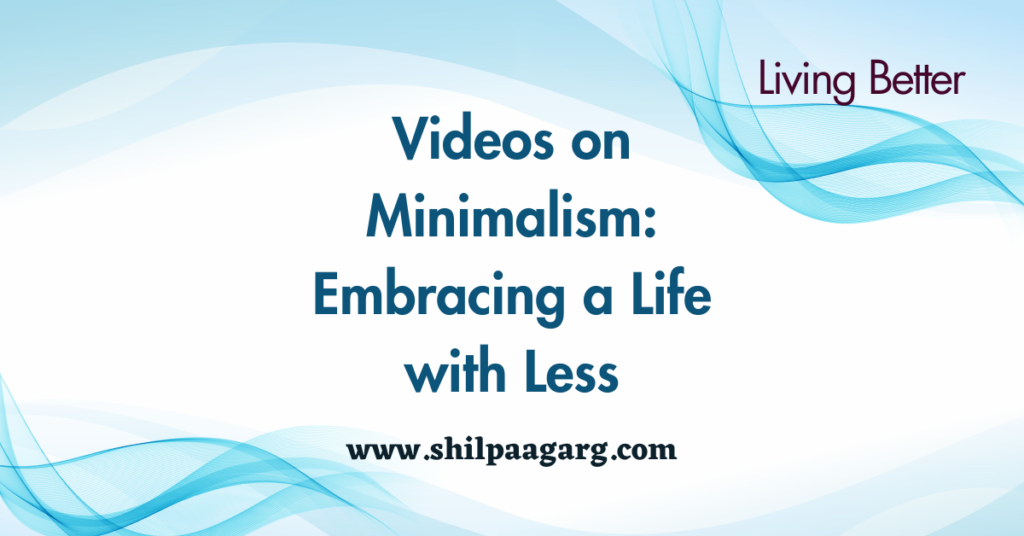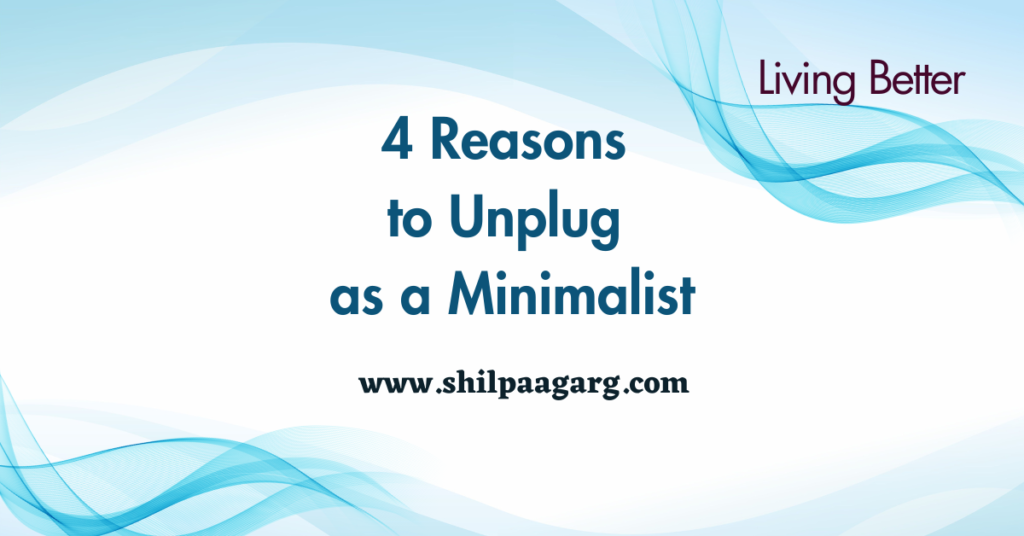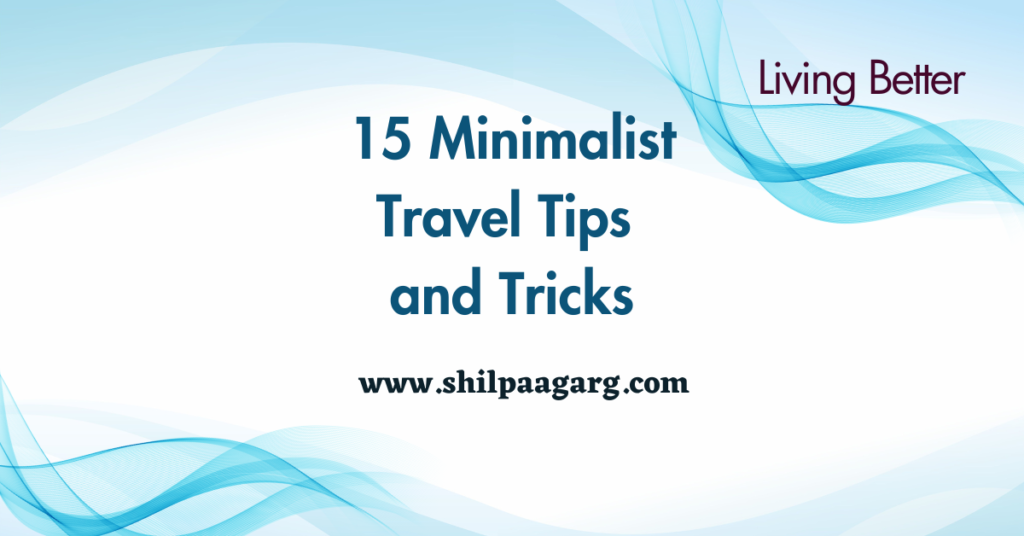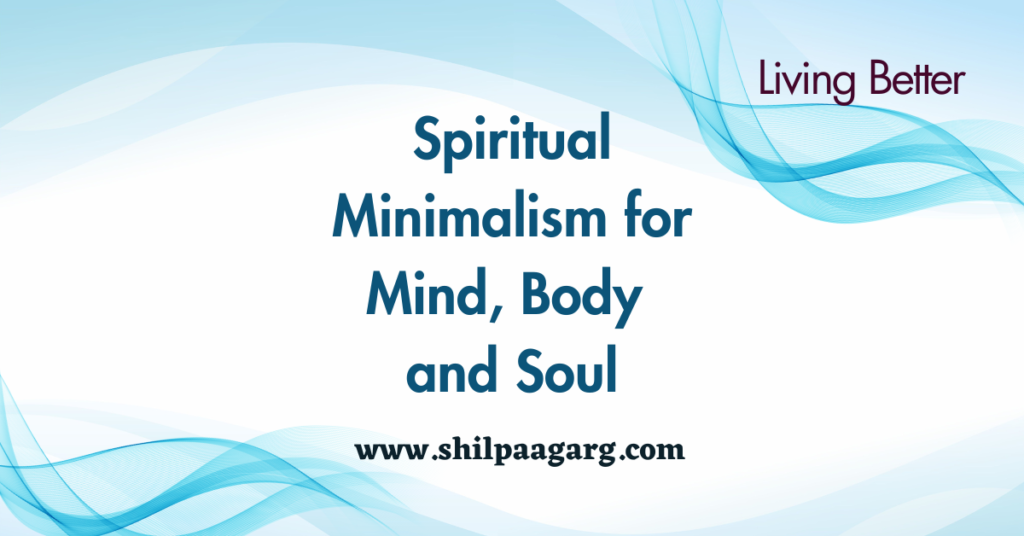Minimalism, a way of life centered around intentional simplicity, has garnered increasing attention and popularity in recent times. It’s about living with intention and purpose, and simplifying your life by getting rid of the excess….
4 Reasons to Unplug as a Minimalist
In today’s fast-paced world, it can be challenging to disconnect from technology and take a break from the constant buzz of notifications and updates. However, as a minimalist, unplugging can be one of the best…
15 Minimalist Travel Tips and Tricks
Minimalist travel is all about traveling light, simplifying your packing and enjoying your trip without the burden of excess baggage. Whether you’re backpacking through Europe or taking a weekend trip back home, these 15 simple…
Spiritual Minimalism for Mind, Body, and Soul
Many of us are embracing Minimalism which is all about living with less and focusing on what truly matters. But there’s another aspect of minimalism that’s often overlooked – spiritual minimalism. Spiritual minimalism can help…
Minimalism and Relationships : The Key to Deeper Connections
Minimalism as a philosophy that revolves around the idea of living with less, focusing on what’s essential and letting go of excess. While minimalism is often associated with physical possessions, it can also be applied…
Minimalism and the Quality-Quantity Conundrum
Quality or quantity, which should you choose? Minimalism says, quality you cannot refuse. With fewer things, your life can be richer, As you cherish each item, and never bicker. Less clutter, more space,…
Minimalism and Prioritization : The Power of Saying ‘No’
Let’s talk about minimalism and how it can help us prioritize the things that truly matter. You know how life can get pretty hectic, right? We all have a million things vying for our attention…
10 Minimalist Organization Hacks
Are you tired of feeling overwhelmed and stressed by the clutter in your life? Adopting a minimalist mindset can help simplify your space and your life. Here are 10 simple minimalist organization tips to get…



